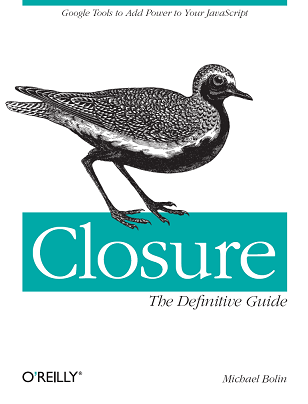Last night, Google hosted a Campfire One event introducing Google Web Toolkit (GWT) 2.0. The Campfire event is divided into six segments that are all available on YouTube.
If you do not feel like watching the entire presentation (it's a little over an hour), I recommend watching Parts 3 and 5. In Part 3, Bruce Johnson discusses GWT's JavaScript compiler (which is different from the Closure Compiler) and GWT 2.0's new code splitting feature. From the presentation, it sounds like the GWT compiler has added some of the optimizations that the Closure Compiler has had for some time. (I've heard of instances of the Closure Compiler reducing compiled code from GWT by 20%, so clearly there was room for improvement.) Historically, the GWT and Closure compilers were separate codebases because one was open-sourced and the other was not, but since that is no longer the case, perhaps we will see some convergence in the future. I wouldn't hold my breath, though.
But what was more impressive was the ease with which GWT was able to introduce code-splitting. That is, dividing up a large JavaScript file into smaller files, the majority of which get loaded asynchronously by the application as the features that depend on them are accessed. The Closure Compiler has support for such a feature, but it is undocumented and requires a bit of work by the developer, even if he knows what he is doing. The code-splitting feature in GWT 2.0 (introduced about 10 minutes into Part 3) is much more elegant and straightforward. I hope that the Closure Tools suite evolves to make this just as simple.
Then in Part 5, Kelly Norton introduces Speed Tracer, which is a Chrome extension that gives an unprecedented amount of insight into what Chrome is doing when it runs a web application. It is more similar to dynaTrace than it is to Firebug. Page Tracer is informative and so snappy that you might not believe the UI is written in HTML5 -- try it out!
However, my one gripe with the Campfire presentation is that you might come away from it believing that Speed Tracer works only with GWT applications, but that is not the case at all! Although its documentation lives under GWT on code.google.com and Speed Tracer was written using GWT, it can be downloaded and used completely independently from GWT. This morning, I installed it to explore the performance of some webapps I used to work on (which were written using Closure), such as Google Tasks. (I found some areas for improvement which I forwarded to the team.) I strongly recommend evaluating your own web applications using Speed Tracer as you may be surprised at what you discover.
Also, if you're like me, you may not notice the links to additional Speed Tracer documentation because they appear below the fold on the landing page. Under the Tools heading in the left-hand-nav, there are links to Hints, the Data Dump Format, and the Logging API.
If you stop and think about it, this level of tool support is essential for the Chrome OS initiative to succeed. If the browser is going to substitute for the desktop as a platform, then it must be fast (which is where Chrome comes in), it needs to have a kickass API (which is where HTML5 comes in), and it needs to have best-of-breed developer tools (which is where GWT, Closure, and Speed Tracer come in) so it is possible to build web applications that can compete with (and ideally exceed) desktop applications. When Chrome OS was originally announced, I was a naysayer, but now that more of the pieces are starting to come together, I'm getting a bit more optimistic.
Wednesday, December 9, 2009
Subscribe to:
Post Comments (Atom)

온라인카지노 Excellent article. I certainly appreciate this website.
ReplyDeleteStick with it!
토토사이트 There is definately a great deal to learn about this issue.
ReplyDeleteI love all of the points you made.
배트맨토토 Way cool! Some extremely valid points! I appreciate you penning this write-up plus the rest of the website is also very good.
ReplyDelete